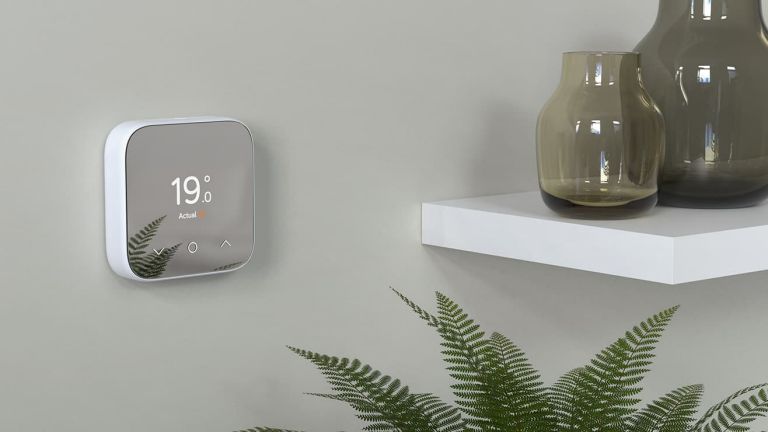Taking control of your heating means you decide when and at what temperature you heat your home. Take a look at the different heating options available and see which ones could work for your home.
1. Room thermostat
The way they work is simple – a thermostat measures how warm or cool the room is, then switches your central heating on or off to keep your home at the temperature you’ve set.
2. Timer or programmer
This lets you create a heating schedule that suits your daily routine. For example, with the average house taking 30 minutes to heat up, you could set the heating to come on half an hour before you get up and 30 minutes before you’re back from a day out.
3. Thermostatic radiator valves (TRVs)
These are connected to your radiator, sense the room temperature, and – if it’s too warm – adjust the flow of hot water into the radiator accordingly. Keep in mind that a radiator cover might prevent the TRV from getting an accurate temperature reading, so Energy Saving Trust recommend avoiding these if possible.
TRVs can help stop you overheating individual rooms, so you only use the energy you need. You could also set them to suit each room. For example, if you’re working from home in your kitchen, you might want more heat in there and less heat in your other rooms. It’s a good idea to start off with the lowest setting that you’re comfortable with, as it could help you use less energy and save money.
4. Smart heating controls
These let you set your heating, change room temperatures or turn off hot water with a swipe of your phone or tablet – no matter where you are.
There are more advanced features too. These include being able to track your heating from your smartphone and switch on the heating when you’re on your way home from work, detecting open windows and turning the thermostat down or heating off, or getting hot water ready for the time you’re most likely to take a shower.






